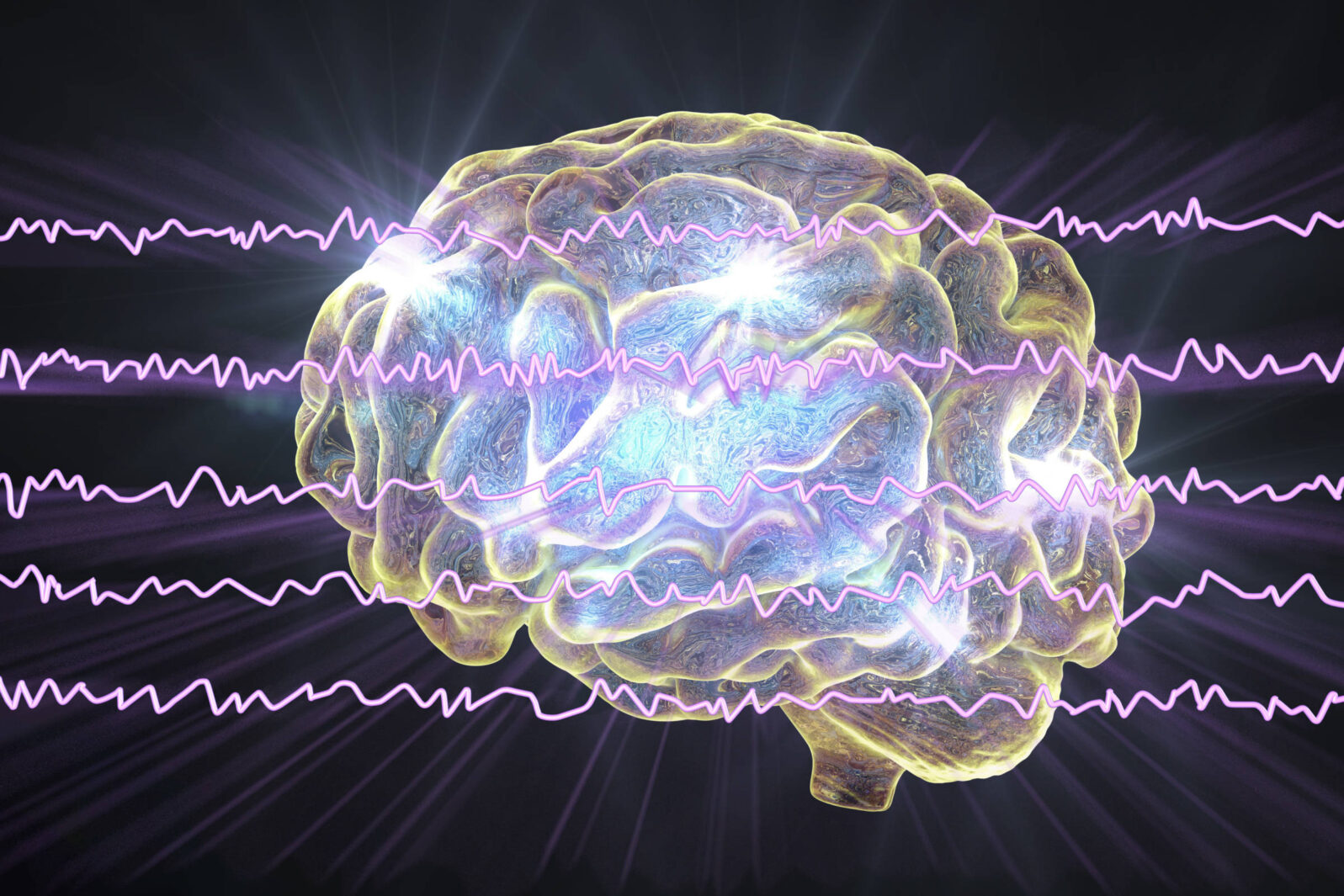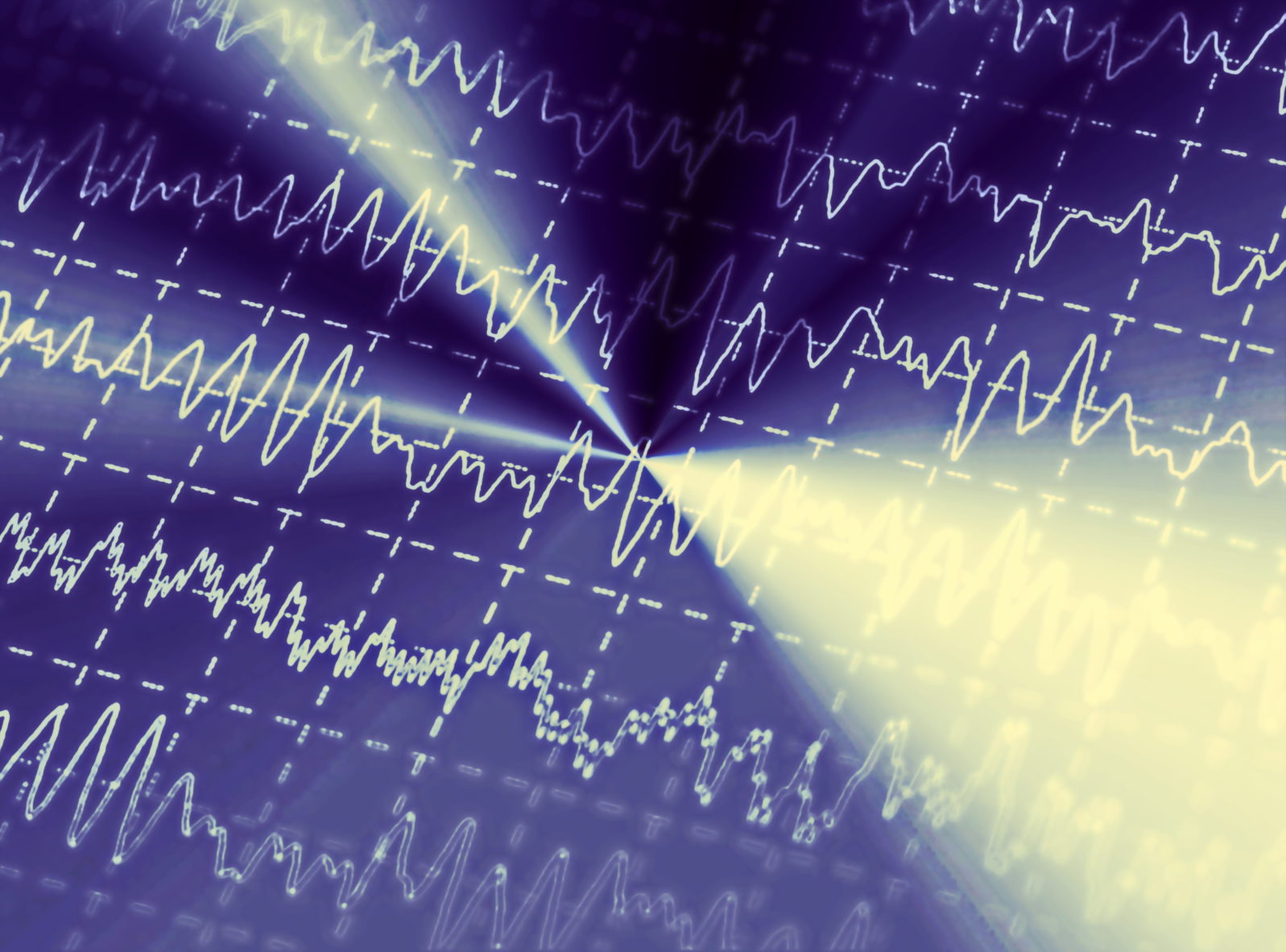Will Your Life Flash Before Your Eyes When You Die?
Sophisticated neuroscience equipment accidentally captured the complex brain states of the final moments of a dying patient.Recently, researchers were able to study the brain of an 87-year-old patient while administering treatment for epilepsy. Dr Raul Vicente of the University of Tartu, Estonia and colleagues were using continuous electroencephalography (EEG) to detect the seizures but during the recordings, the patient had a heart attack and passed away. Thus they were abled to record the activity of a
dying human brain:

“We measured 900 seconds of brain activity around the time of death and set a specific focus to investigate what happened in the 30 seconds before and after the heart stopped beating,” said Dr Ajmal Zemmar, a neurosurgeon at the University of Louisville, US, who organised the study.
“Just before and after the heart stopped working, we saw changes in a specific band of neural oscillations, so-called gamma oscillations, but also in others such as delta, theta, alpha and beta oscillations.”
Colm Gorey , “What Happens in Our Brain When We Die?” at Neuroscience News (February 22, 2022)
We can’t know what the patient was thinking, of course, but the pattern of brain waves was complex:
Brain oscillations (more commonly known as ‘brain waves’) are patterns of rhythmic brain activity normally present in living human brains. The different types of oscillations, including gamma, are involved in high-cognitive functions, such as concentrating, dreaming, meditation, memory retrieval, information processing, and conscious perception, just like those associated with memory flashbacks.
“Through generating oscillations involved in memory retrieval, the brain may be playing a last recall of important life events just before we die, similar to the ones reported in near-death experiences,” Zemmar speculated. “These findings challenge our understanding of when exactly life ends and generate important subsequent questions, such as those related to the timing of organ donation.”
Colm Gorey , “What Happens in Our Brain When We Die?” at Neuroscience News (February 22, 2022)
In other words, if the pattern is complex as opposed to simple, the researchers think that the patient could well have been recalling major events in life. Team leader Ajmal Zemmar hoped to investigate more cases to compare notes. He adds that, as a neurosurgeon, he must sometimes report bad news and “Something we may learn from this research is: although our loved ones have their eyes closed and are ready to leave us to rest, their brains may be replaying some of the nicest moments they experienced in their lives.” The paper, published in Frontiers in Aging Neuroscience, is open access.
Psychiatrist Bruce Greyson, author of After (2021), which discussing what he has learned from patients and from research about near death experiences, talks a bit in the book about the “life review” experience recounted by those near death experiencers who were resuscitated:
Beaufort described his thoughts not only speeding up but encompassing every single incident in his life and judging every action as right or wrong. Many of the experiencers who shared their stories with me described this kind of life review. (p. 36)
Tom went on to describe an additional feature of his life review that was harder for me to understand. Tom relived his entire life not only through his own eyes, but also from the perspective of other people. (p. 38)
One quarter of patients who reported near-death experiences also reported a life review (p. 40) and three quarters said that it changed their ideas about what is important in life (p. 41).
Systematic study of near-death experiences has only really been possible in the last half century or so because it depends on the existence of a number of people who have had such experiences who were resuscitated — which is much more likely than it used to be. Another tool, as in this study, is sophisticated neuroscience equipment for assessing the neurological correlates of such experiences, where possible.
You may also wish to read:
Agnostic psychiatrist says near-death experiences are real. They change lives but he is unsure what they mean. Bruce Greyson’s book, After, looks at the evidence and finds that there is no reason to dismiss the idea that the human spirit survives the body. (Denyse O’Leary)
and
Newfound respect in science literature for near-death experiences For example, when people claim that they could see colors not normally available to humans, there is at least a possible science basis for that.
